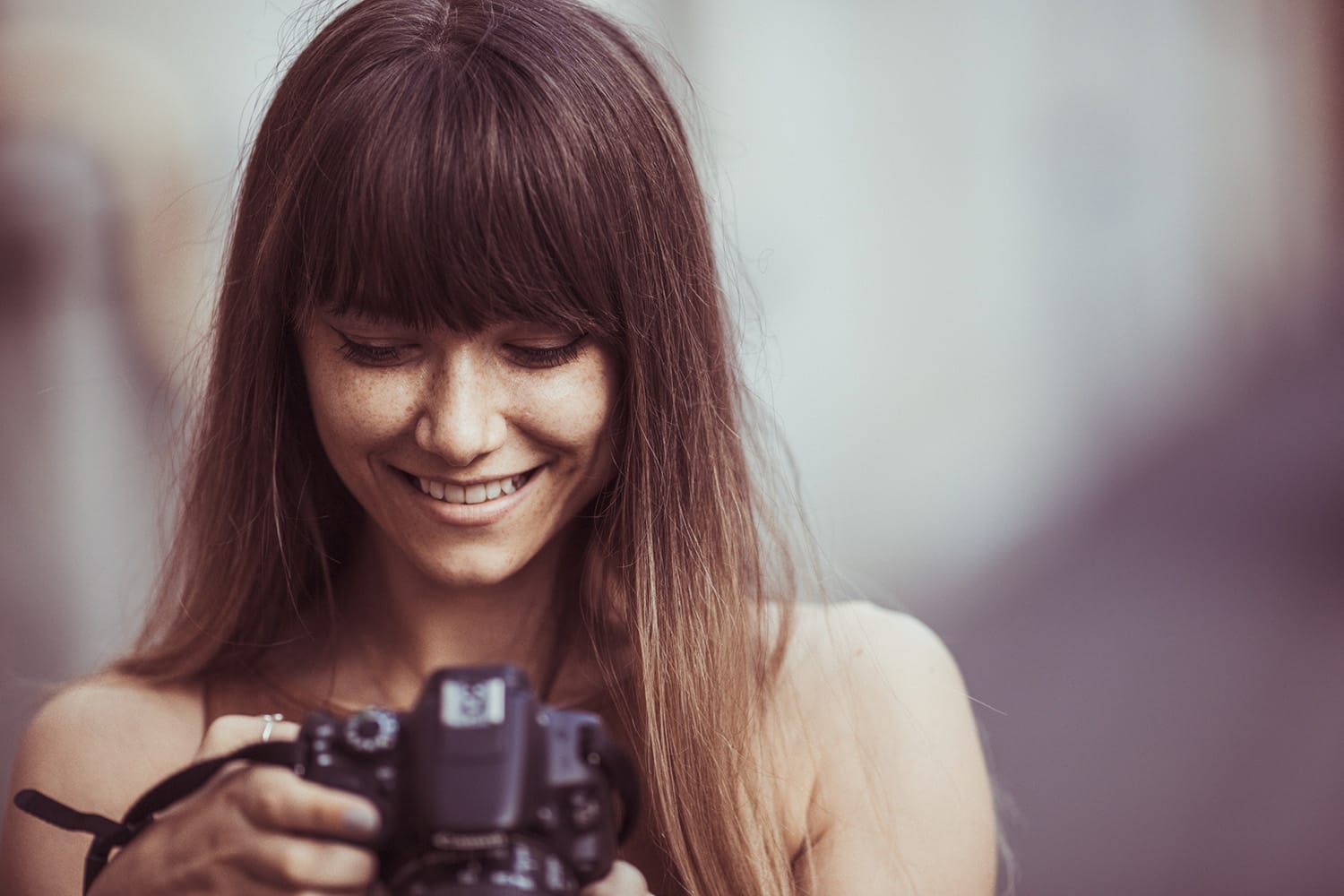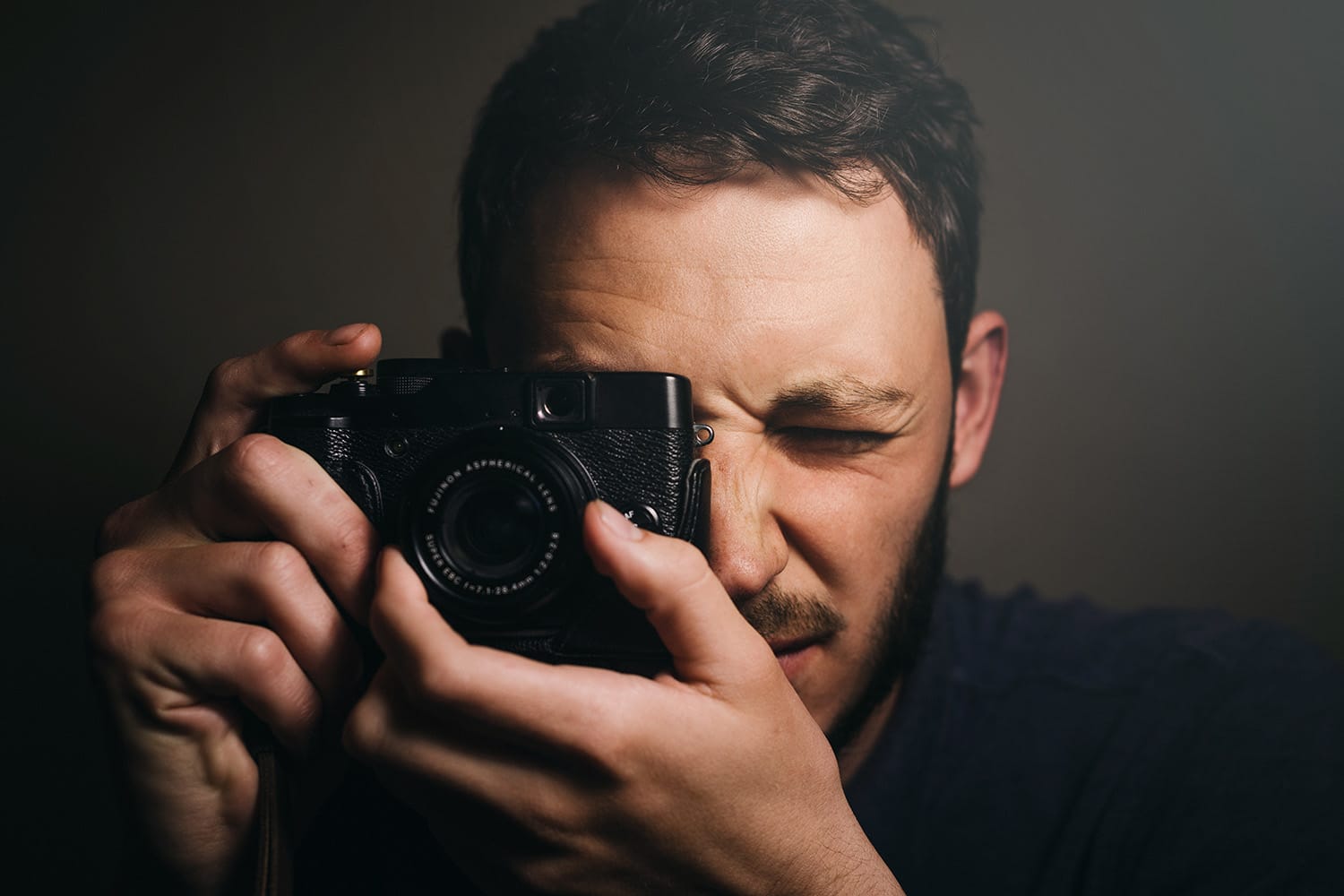Common Photography Business Mistakes to Avoid
So much of our lives as photographers are based around the art of taking photographs (as it should be!) that it’s easy to forget that, if you’re a pro, you also need to make a living.
But when you make the transition to running your own business, it’s important to try and avoid making common business mistakes. So, in this article, we’ll look at common rookie errors and how you can avoid them!

Undercharging
This has to be the most common mistake that photographers make and sadly it’s all too prevalent in the industry. New photographers in particular often think it’s a good idea to charge a lower price to attract customers in the first place. The problem with this is that undercharging undercuts your value and also makes it harder to charge more later.
There’s no harm in having different rates for different sorts of clients (for example, you may charge more for a large corporate company than an individual wanting a head shot!), but you need to determine how much a shoot is going to cost you and set a rate that allows you to make a profit. And don’t forget that you should also be charging for your time. When you’re out doing a shoot you can’t be doing anything else to make money, so factor this into the equation.
Understanding seasonal highs and lows
Your photography business isn’t necessarily going to be busy 365 days a year. There are naturally times of year where business is going to be quiet, and you need to be prepared for this. I live in the UK and the two quietest times of year tend to be August (people are on holiday and usually abroad!) and January (everyone’s broke after Christmas).
If you live somewhere hot, you might find that summer is far busier for you or, if you have very cold winters with a lot of snow, you might find that business tails off during that time. The key is to know your market and your area and to plan accordingly – book as much into your diary during busy months as you can so that you have savings to carry you through when it’s quiet.
Tracking and choosing your paid advertising
We all need to advertise our businesses but it’s important to be choosy with where you advertise. Do your research before you part with any money. Ask your friends and family where they look for services, consult other photographers and find out what works for them and consider the reach of the advertising.
Once you’ve chosen to advertise it’s also important to track how well it’s working. I always ask my clients where they found me or you could add a question on your contact page to find out. If a form of advertising isn’t yielding any results, drop it!
Working for free
My stance on this has never changed, despite it being a topic that comes up for discussion time and time again. I maintain that you should never work for free! You can’t be in the photography business for very long without someone asking you to work for free, and telling you that you’ll get great exposure.
The thing is that it’s an insult to a pro photographer and devalues your hard work. If you’re running a business you should always get paid for your work, particularly as the promised ‘exposure’ is usually non-existent.
Not having a mobile-friendly website
Whilst we’d all like our images to be viewed at full size on a large computer monitor, modern life is all about mobile phones and tablets! You need to make sure that your website works well on mobile devices and, if necessary, invest the money to make a separate mobile site.
Keep your website simple, slick and focused on the images, so that any client viewing it on any device will be able to see your shots.

Not getting online reviews
Nowadays, most people will search for a photographer online. And, as with many trades, the general public will be looking for other people’s opinions. Yes, you may get a lot of work through word of mouth, but you need that positive feedback to be spread online. So it’s worth asking satisfied clients to write you a positive review wherever is appropriate. Don’t neglect this area as it can really help to make you stand out from the crowd.
And finally… be professional
It may sound simple, but how you come across to a client is vitally important. You can take the best photographs in the world, but if your client thinks you’re rude you are unlikely to see them for repeat business.
So remember the little things – be polite and chat to your clients, arrive on time for a shoot, return phone calls, present your photographs professionally etc, etc. You want clients to remember the shoot as a positive experience!
